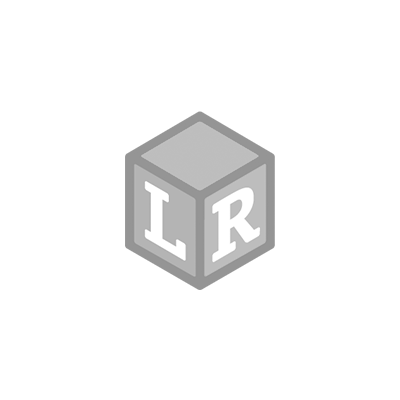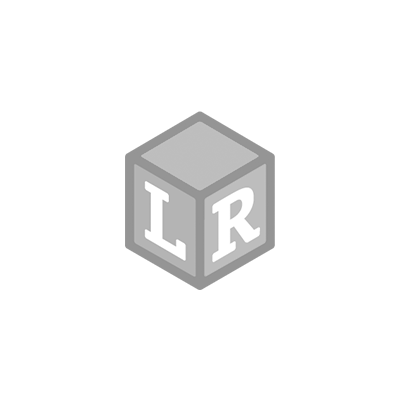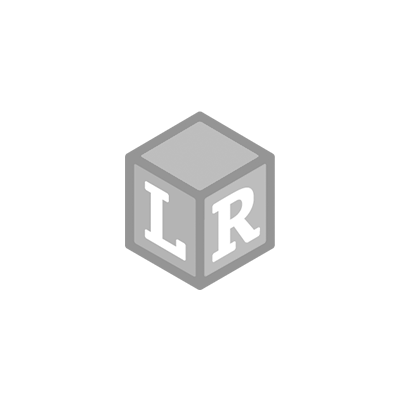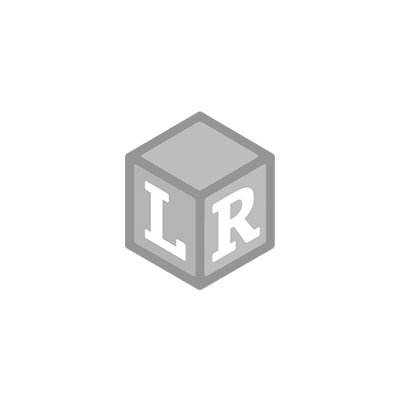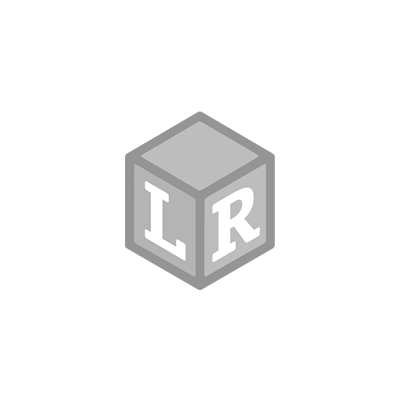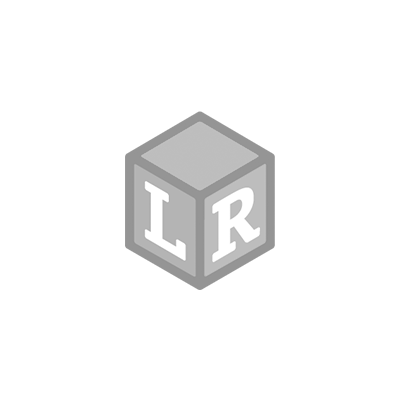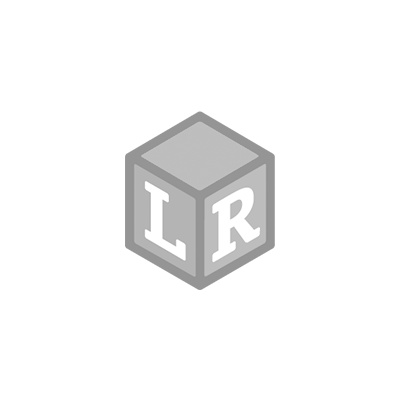Mother’s Day is May 13th, so you still have plenty of time to create a handmade gift that shows the mother in your life just how much you and your family love her! The DIY art projects below are sure to make meaningful memories that Mom will truly cherish – and they’re fun! So, gather your little ones and get ready to create some truly adorable keepsakes!
Lots of Love Sun Catcher
Mom will go to pieces when she sees this sweet gift!
Materials:
Sheets or squares of colorful tissue paper
Coordinating-colored construction pape
rContact paper
Craft scissors
Hole punch
Ribbon
Cut a heart-shaped frame out of construction paper. Write your kids’ names and the year along the edge and include a Mother’s Day message, if you like.
Unroll your contact paper until you have a sheet twice the size of your heart frame and peel away the backing.
Place the heart frame at the top of the sticky side of the contact paper.
If your child is old enough to use safety scissors, have them cut the tissue paper into small squares. Younger children can tear the tissue into small pieces (and develop fine motor skills at the same time!). Let your kids place the tissue pieces wherever they like, within the heart shape.
Fold the bottom half of the contact paper over the heart, bringing the bottom edge up to the top edge. Press and smooth the contact paper flat and cut it away, about ¼ inch away from the outer edge of the heart frame.
Punch a hole in the top of the frame, string with a ribbon bow, and hang in a window as a sweet Mother’s Day surprise.

Fun with Fingerprints Heart Frame
Leave a permanent print on Mom’s heart with this sweet fingerprint photo frame!Materials:
Raw wood frame
White, pink, and purple paint
Paintbrush
Permanent marker or Sharpie
Paint the front and sides of your frame white and allow to dry completely.
Pour the pink and purple paints onto a paper plate.
Show your child how to roll their pointer finger into the paint and press twice, overlapping, to form a heart shape on the frame. (You may have to help ????)
Continue until frame is full of heart-shaped fingerprints, leaving a space on the bottom edge for a message in marker, if you like.
Beautiful Palmprint Butterfly
Mom’s heart will soar when she sees this colorful art piece made from her little one’s palmprints!
Materials:
Large white construction paper
Colorful markers
Colorful paints
Plate
Aluminum foil
Paint brush
Use your markers to outline a long oval topped with a circle – these will be your butterfly’s body and head. Your child can color the head and body in with the markers and add antennae.
Cover a plate with aluminum foil and drop various colors of paint, filling the center of the foil-covered plate.
Press your child’s hand flat into the paint, making sure to cover the hand thoroughly. You should hear a squish as you press down. The lift your child’s hand straight out of the paint.
One at a time, press the palm, wrist-side to your butterfly’s body, down on the paper. Use your hand to press the fingers and palm down firmly, then help your child lift their hand straight up and off the paper. Have your child write their name and age and “Happy Mother’s Day” or other sweet message, if they’re able.

Happy Mother's Day!



















 Shop UK Site
Shop UK Site 
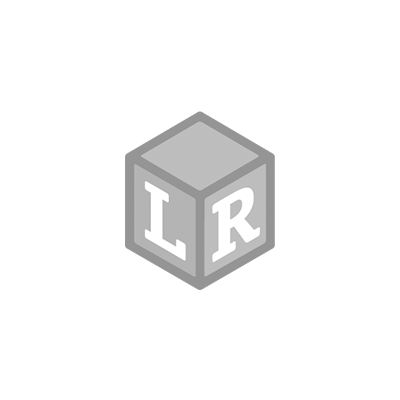




















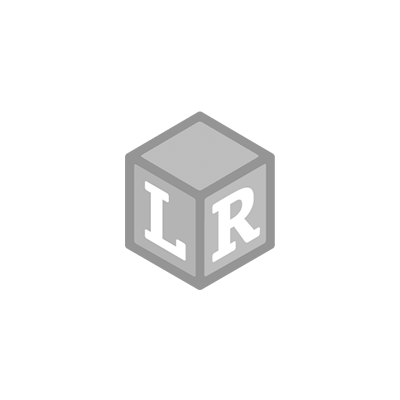







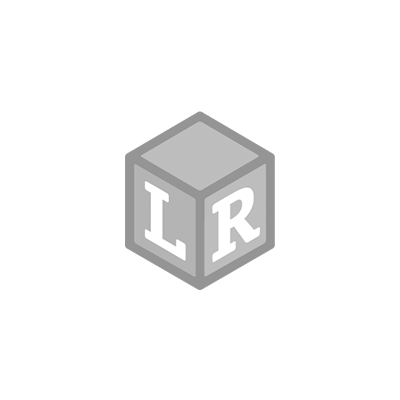
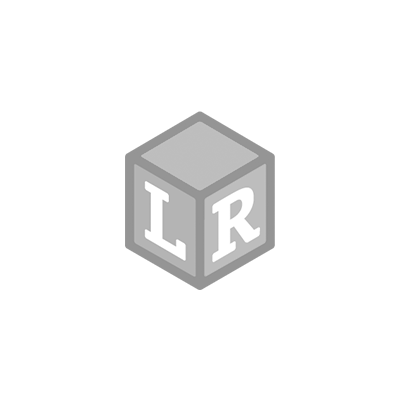




 Moo! Oink! Baa! Your little one will have fun learning animal names while they play with this barnyard crew! Realistically detailed farm animals provide hours of imaginative play and are also perfect for vocabulary development. These durable animals are sized just right for small hands and can be wiped clean. Set includes a horse, pig, cow, goat, sheep, rooster, and goose. The gang’s all here! Ages 3+
Moo! Oink! Baa! Your little one will have fun learning animal names while they play with this barnyard crew! Realistically detailed farm animals provide hours of imaginative play and are also perfect for vocabulary development. These durable animals are sized just right for small hands and can be wiped clean. Set includes a horse, pig, cow, goat, sheep, rooster, and goose. The gang’s all here! Ages 3+ 
